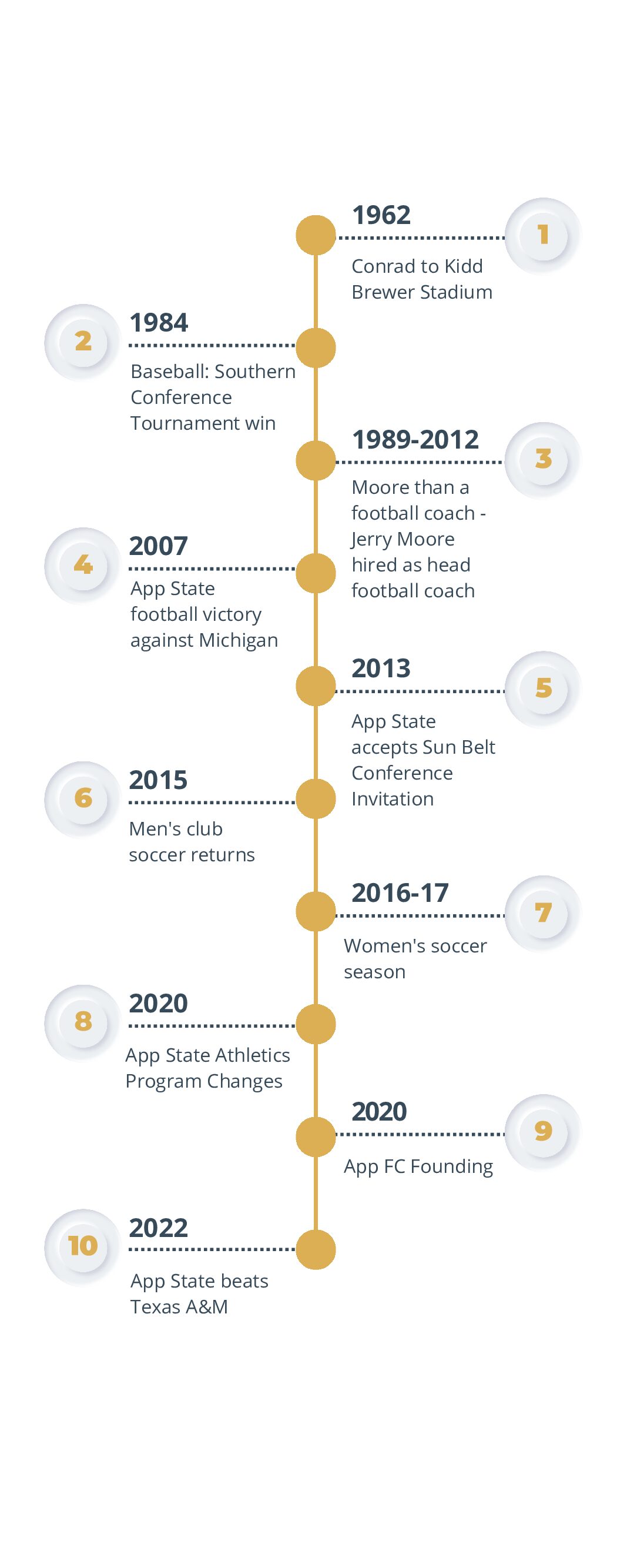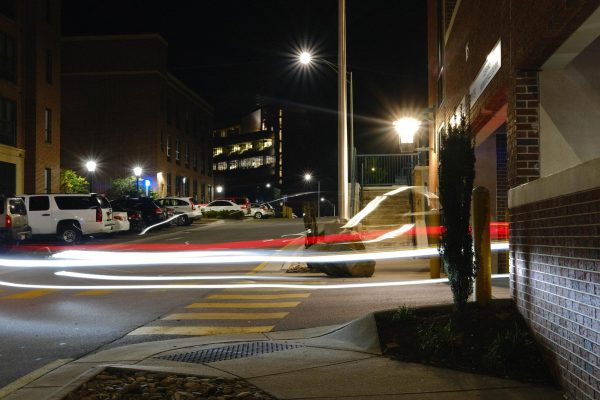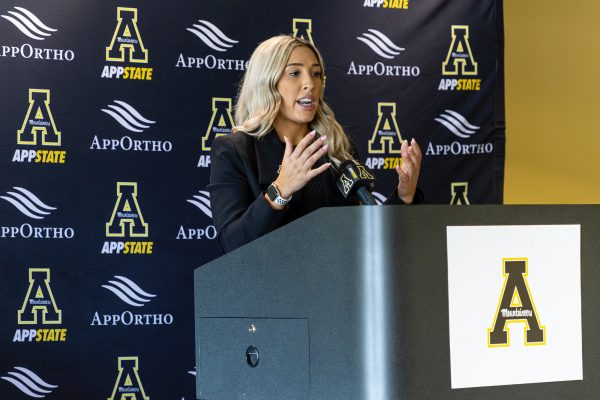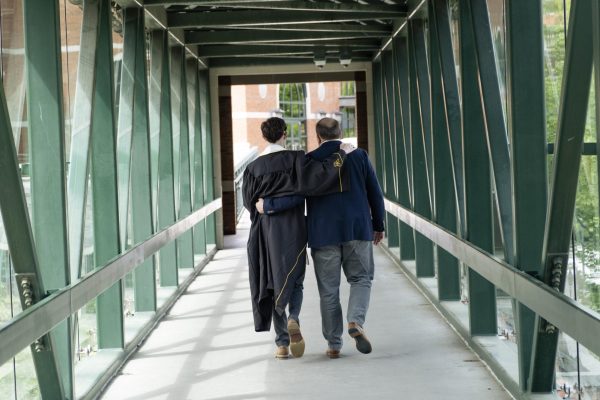Despite the reopening of the federal government Oct. 16, Appalachian State University is still “not out of the woods,” said Charna Howson, director of sponsored programs at the university.
Appalachian receives federal money to fund a number of projects, and while this shutdown did not have too many negative implications for the university, it’s possible another one could.
Congress passed the Continuing Appropriations Act, 2014 on Oct. 16. This will allow the government to continue borrowing money through Feb. 7, 2014 and will keep the government open until Jan. 15, 2014, which gives Congress time to pass an actual budget for the 2014 fiscal year, according to the Associated Press.
The Office of Research and Sponsored Programs, which helps faculty, students, staff and the university with federal money, receives approximately $5 million per year from the federal government.
The money the Office of Research and Sponsored Programs receives is used for multiple purposes, including research, internships and some grant-funded jobs, said Amy Roberts, manager of special funds accounting.
The majority of this money is used in the College of Arts and Sciences, but is also used in various departments throughout campus, she said.
The shutdown did not have a large impact on the university because the websites the Office of Research and Sponsored Programs needed were still available, Roberts said.
The effects of the shutdown varied throughout the university, but did not affect day-to-day operations for the whole university, Roberts said.
In some instances, employees who were paid from federal grants were reassigned to university duties and had to be paid with university funds during the shutdown, Howson said.
Some employees paid by federal grants also took vacation time, and decisions were made on a case-by-case basis.
Deadlines for grant proposals for the university were also missed due to the shutdown, but the university is waiting for the new dates, Howson said.
While there is no final number on the costs the university faced during the shutdown, it is between $4,000 and $15,000. This will depend on how much the federal government pays back to the university, Howson said. There is no set date as to when that will be.
The shutdown also caused more work within the Office of Research and Sponsored Programs because the office had to focus more on shutdown and normal, but the university was able to continue operating almost completely normally.
“I think it’s [run] quite smoothly,” Howson said. “It left a lot of extra work and it did push other things to the back burner.”
Had the shutdown continued for longer, there are procedures in place for the university, Howson said.
“Each university has a disaster management plan, which can be used in any situation where we must shut down and then revive activities,” Howson said. “In an event of a prolonged shutdown, we would go to that for a plan.”
If the shutdown happened at a different time this semester, it could have had a much greater impact on students.
“The biggest piece of federal money we receive is student financial aid,” Roberts said. “If the shutdown had happened during the award period, [the shutdown] would have had greater effects.”
Story: CHELSEY FISHER, Senior News Reporter











